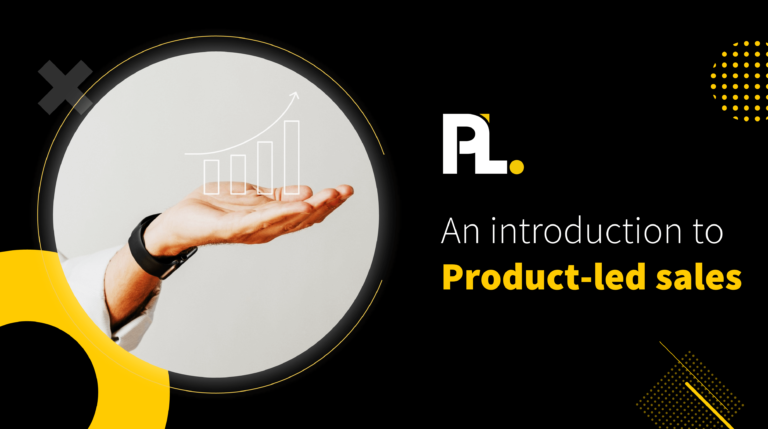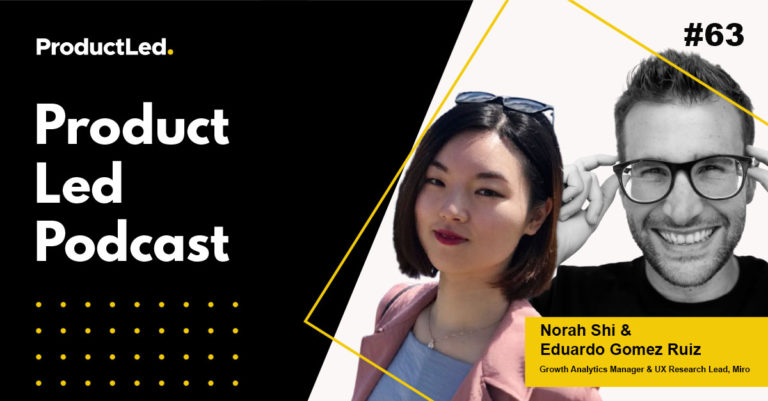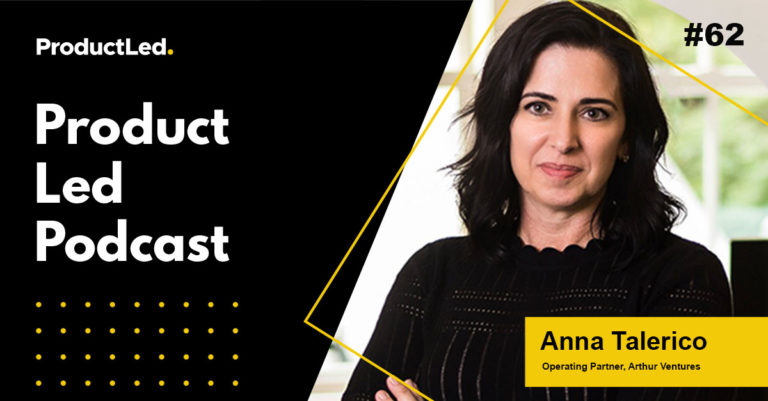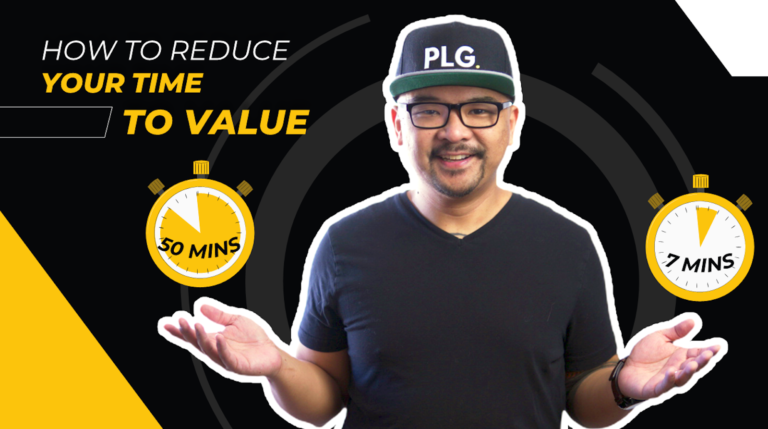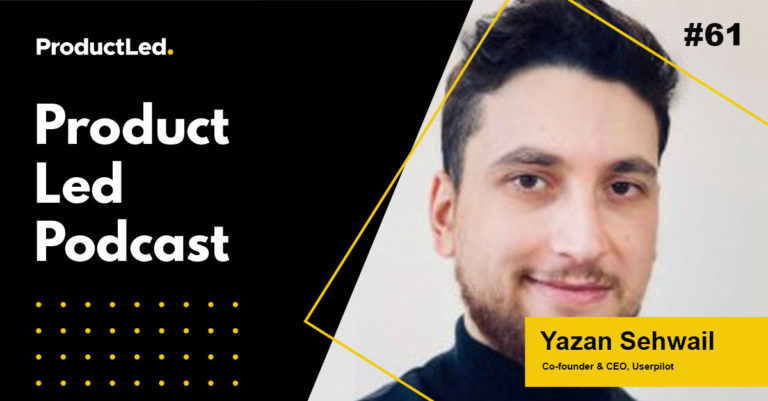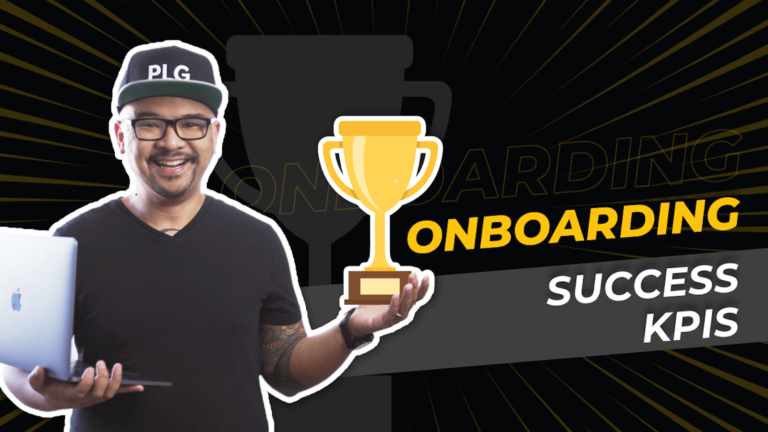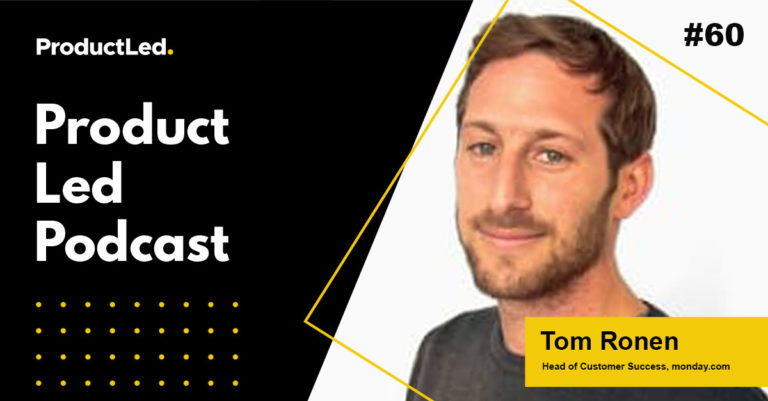So you have a product and a fantastic team? Great! But if you don’t know how to acquire customers, then you don’t have anything valuable.
In this article, we'll go over how you can gain a foothold in your target audience’s mind and build systems to generate demand for your product with a solid B2B customer acquisition strategy.
To acquire more free users for your product-led company, we recommend going through the following five steps:
- Get Emotional
- Identify the Job-to-be-done
- Focus on the benefits, not the features
- Choose a growth driver
- Document for every step of each marketing funnel
What are the Phases of a B2B Customer Acquisition Strategy?
Customer acquisition is the process of gaining new customers. There are four phases of B2B customer acquisition:
- Awareness: This is when people first become aware of your business. Oftentimes, this happens thanks to a blog post or content on a problem you’re experiencing.
- Engagement: You now have regular users of your content, and may have subscribed to your newsletter or signed up for other content from you.
- Exploration: They’re aware of a problem, and are searching out solutions. They’ve reached out to sales or visited your pricing page at this point.
- Conversion/Retention: They’ve decided to become a paying customer and are an active user of your product.
There’s more to acquiring customers than putting ads up and hoping the right people see them. Below, we’ll outline the steps in detail to help you acquire B2B SaaS customers without a big budget.
Step 1: Get emotional
Now, don’t start crying on us.
But please realize that the prospect, lead, MQL, PQL, or whatever you want to call it, is a human being.
They have feelings, frustrations, and maybe even a great personality.
Just because we’re selling to businesses does not mean that we should treat people differently.
People do business with people who they like.
One of the easiest but most overlooked ways we can attract people who would like to do business with us is by becoming relatable.
The hard part here is coming up with the right questions so that you can describe your product in a way that customers get it.
Instead of focusing on surface-level demographic information like job titles and company sizes to determine your ideal target audience, we focus on what emotions drive our customers to buy a particular product.
Because let’s be honest, people are emotional beings and make their initial decisions based on, well, emotions. The sooner we realize this, the sooner we’re able to break down what is important to our target audience.
Throughout each of these steps, we’ll include a checklist so that you can apply what you’ve learned.
Checklist
Ask customers the questions from this Customer Survey Worksheet. Note: you don’t have to ask all of them.
Once you’ve completed the checklist, you should be able to identify the top 5 positive customer feelings and the top 5 negative customer feelings. You can then blend those emotions into your messaging.
Here’s a great article on using emotional triggers to 10x your conversions.
Step 2: Identify the job-to-be-done
Put simply, a job-to-be-done is a pain that needs to be solved. It’s product-agnostic and does not change over time.
If we were to make a bet, we’d bet on the fact that you are loyal to getting a job done better (faster, more predictably, and with higher output) and/or more cheaply. You’d be willing to replace existing products and services with those that help achieve your goals.
You wouldn’t buy a new Mac if it took an hour to start and required an Ethernet cable to connect to the internet. Right?
When we talked with Roy who leads customer research at Buffer, he recommended three steps to help you identify your job-to-be-done.
- Sit down with a recent customer.
This is necessary to understand the context behind why someone bought your product. Without understanding the context of the situation, you won’t know the core struggles and pain that your product solves.
For instance, if you’re an iPod user and only have lullaby songs on your device, it’s going to be a pain in the butt finding workout music to listen to if you’re on a run. Whereas, if you had Spotify, you could have found a workout song in three seconds.
If you know the context behind why someone makes the switch, it makes it so much easier to figure out how your product is eliminating a specific pain. If you want some good questions to ask your recent customer, we recommend using our switch interview template.
- Speak to the right people.
Talking with your friends isn’t enough. You need to talk to the people who are in the trenches trying to solve the specific problem your product helps eliminate.
This can also involve talking with people who are not your customers yet. What really matters is that you understand how people are currently solving this problem to aid you in defining what your main job-to-be-done is.
- Look for the main job-to-be-done.
In any given product, there should be one main job-to-be-done and lots of sub jobs-to-be-done that support it.
Take Buffer, for example.
Main Job-to-be-done → Attracting prospective customers
Sub-jobs → Peace-of-mind, simple, and time efficient
If we look at Buffer through this lens, you’ll notice that their competitors are endless. They are competing with cold calling, marketing automation systems, digital advertising, and search engines.
This is a good thing.
Although infinitely more competitive, this allows Buffer to compete on how well it helps its customers attract prospective customers vs what gizmo it has in comparison to other social media tools.
If you’re looking to dive more into jobs-to-be-done theory, we recommend watching the video below.
Step 3: Focus on the benefits, not the features
One of my favorite examples of this is from Samuel Hulick, Founder of Useronboard.com, who came up with the example below.
Now, ask yourself, “Which page would you click?”
If you’ve been in the B2B SaaS space for some time, you’ll probably laugh at how common marketers try to focus on the technology vs what the product will allow you to do.
When drafting your copy, always focus on the superpower your product will allow others to achieve in their own life.
You want your customer to be the hero for choosing to use your product.
Case in point…
Step 4: Choose a growth driver
Now that we’ve focused on ironing out what emotions drive our prospects to buy, what core job-to-be-done we solve, and articulated how our product benefits others, it’s time to choose a marketing channel.
If you’re just starting out and don’t have a marketing channel that performs well, please skip the first section below.
If you have channels that are already working, double down on the one channel that works best for your business. Invest to optimize and drive compound growth from what’s already working. Pick the low hanging fruit first to seed that exponential growth and maximize your yield. The more you do this, the faster you will grow and the more this growth will increase your ability to attract the resources and talent necessary to explore new growth opportunities.
Answer the following questions about your business:
- Where has your growth come from thus far?
- Which channels perform well?
- What percentage of your traffic comes from each channel?
- What is the conversion rate on the traffic from each source?
- What is the retention rate on the conversions from each source?
What to do if you don’t have marketing channels that are performing well
There’s no better place to start than Gabriel Weinberg and Justin Mares’s bullseye framework from Traction: A Startup Guide to Getting Customers to discover new marketing channels.
The bullseye framework looks like this initially.
Essentially there are 19 marketing channels that you can use to grow your business.
But you can’t pursue anything and everything. You have to spend effort only on the traction channels and activities that move the needle for your business, and these will vary by company.
It’s up to you to find out what channels make the most sense for your business.
At ProductLed, we’ve found that it helps to run $1,000 to $3,000 tests on each channel to gauge how effective it is for your business.
You can use this simple Growth Channels Spreadsheet to determine what channels make the most sense to pursue first.
Once you’ve identified your top channels, you can complete the bullseye and have a good handle on what marketing channels you are going to pursue.
Here’s an example of what it could look like for your business:
Feel free to steal the Bullseye template.
One of the most important things about acquisition is that once you’ve identified one channel that works extremely well, you NEED to double down on that channel and milk it until it no longer works, while ignoring the majority of other channels.
The key here is focus!
The truth is that most large companies received > 80% of their growth from one channel when starting out.
Case in point…
- Zynga → Facebook
- LinkedIn/Facebook → Virality (via email)
- Instagram → Virality (via sharing)
- Hubspot → Content Marketing
- TripAdvisor → Search17
- If you’re still looking for a great breakdown of the 19 marketing channels listed above, I recommend checking out Zapier’s blog post on the topic.
Although this is always going to be an ongoing process, it’s extremely helpful to start answering these questions from the first campaign.
Questions to answer after testing out each channel:
- How much will it cost to acquire customers through this channel?
- How many customers are available through this channel?
- Are the customers that you are getting through this channel the kind of customers that you want right now?
- What “hooks” work best for getting people to sign up?
- What is the bottleneck metric for acquisition?
To break down the bullseye framework even further and set actionable goals, we recommend using the format below to approach setting quarterly acquisition goals.
Feel free to steal the template.
Step 5: Document every step for each marketing channel
Throughout the acquisition phase, there are often a lot more steps than we usually think of.
What helps a lot of marketers and founders is to jot down every single touchpoint from the marketing channel to using the product.
To easily do this, we recommend using a free tool, such as Lucid Charts to break down your acquisition process.
Here’s an example:
“When approaching this, it’s really, really important to remember that people do not use software simply because they have tons of spare time and find clicking buttons enjoyable. They use software because it significantly improves their lives in some way.”
- Samuel Hulick, Founder of Useronboard.com
Once you’ve identified every point in your onboarding phase, it is extremely important to track every step using a tool such as Mixpanel, Amplitude or Kissmetrics. After each event in your onboarding phase is tracked, it’s best to setup a funnel so that you can see where the majority of your users fall off.
This will help you identify many leaks in your funnel.
- Ask yourself the following:
- Is the copy, images, and visual elements all saying the same thing?
- Is it a consistent experience?
- Is there unnecessary friction throughout the process?
- Update the copy, images, and visual elements to ensure all elements are communicating what you want
- Update your experience to remove unnecessary friction
Now, I’d like to hear from you
There you go, my step-by-step process to acquiring customers.
Now I’d like to hear from you.
Have you applied any of these steps before? How’d it go?
Let me know in the comments below.

